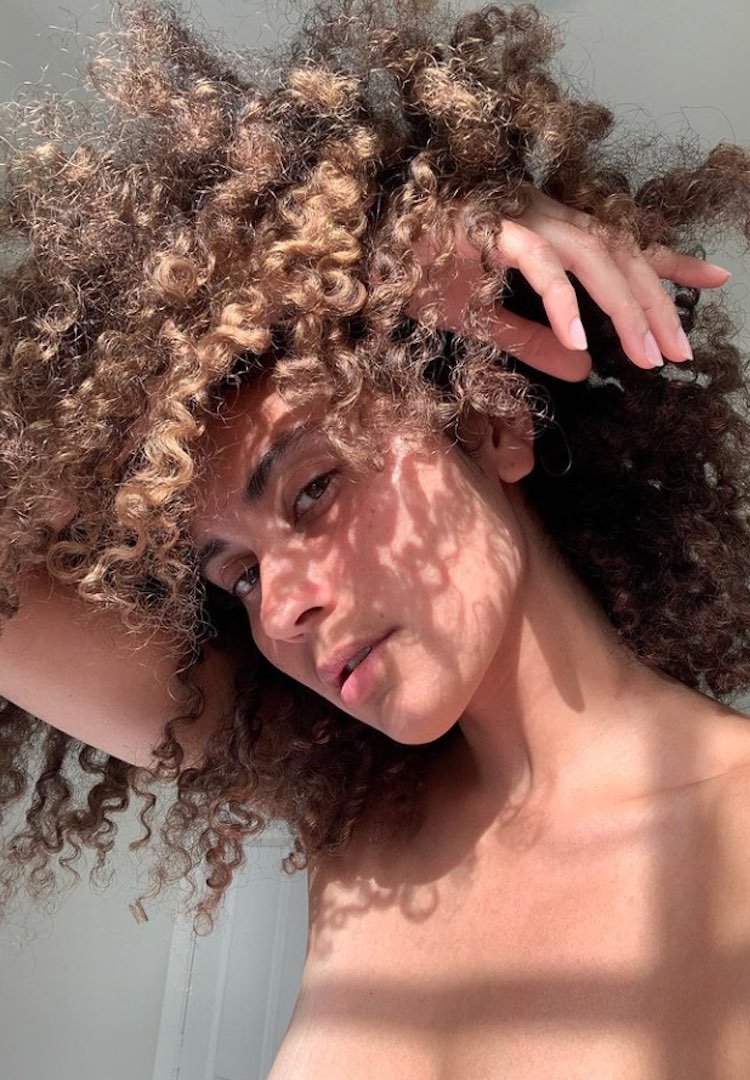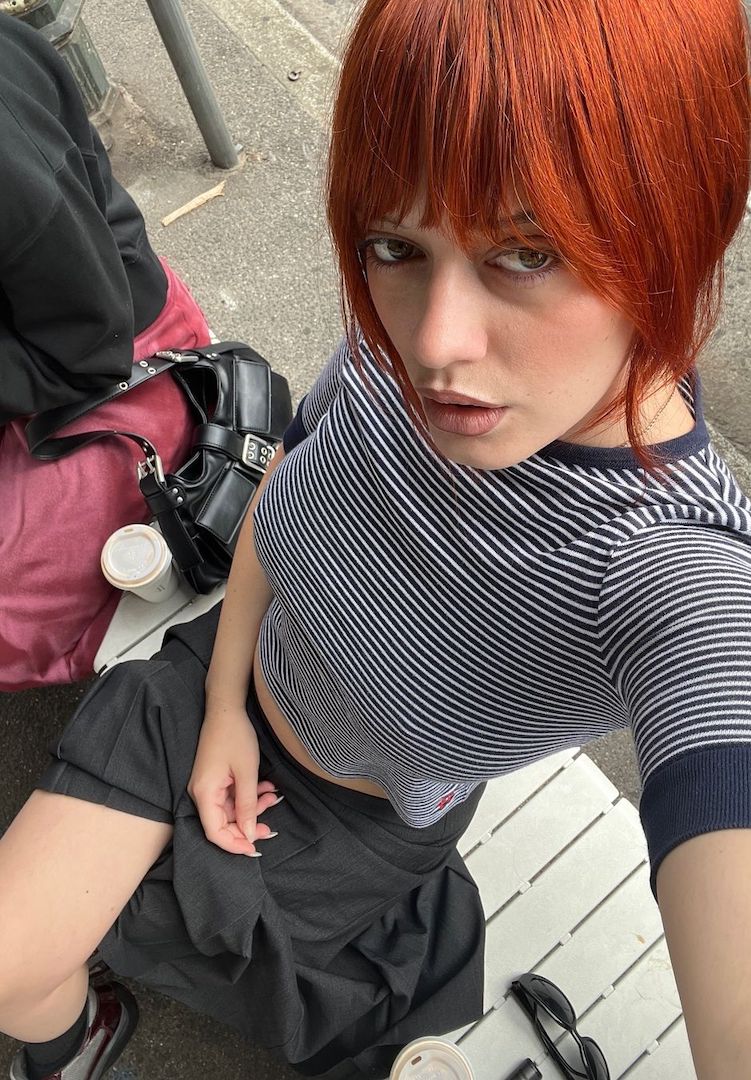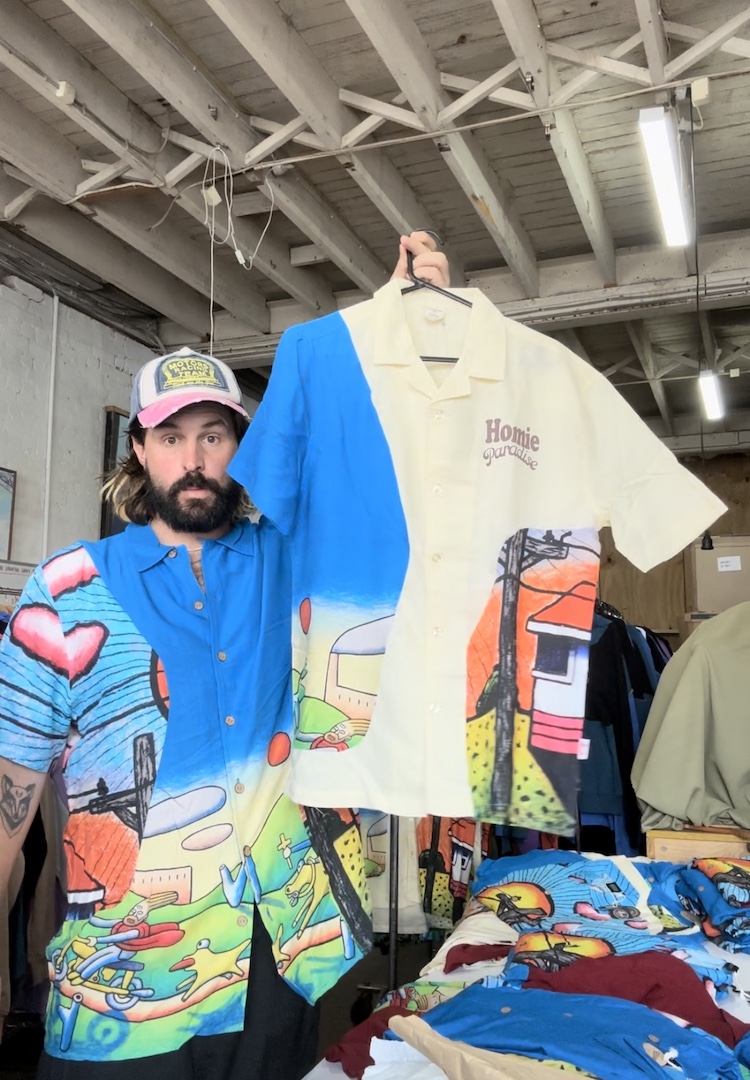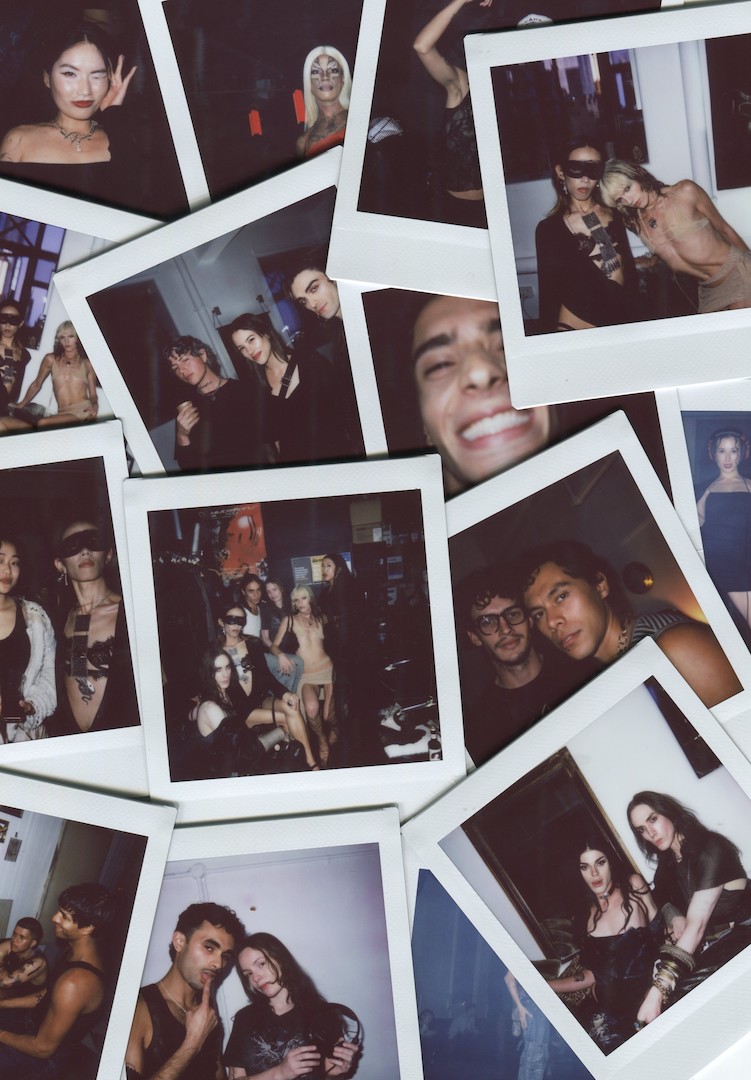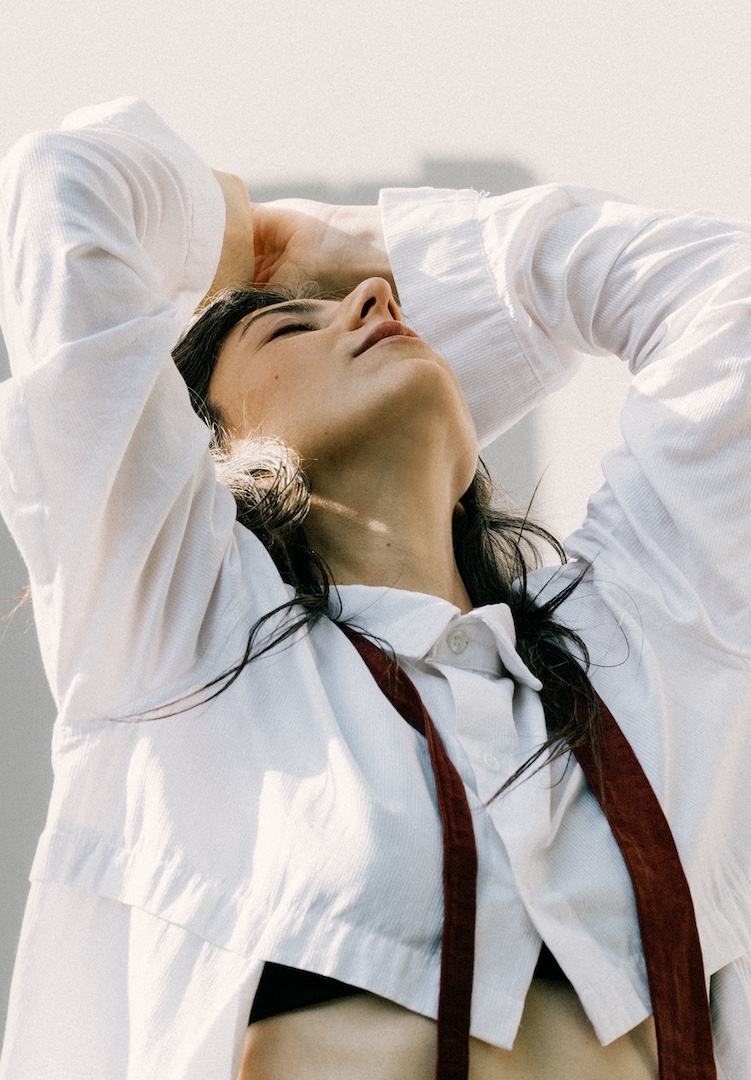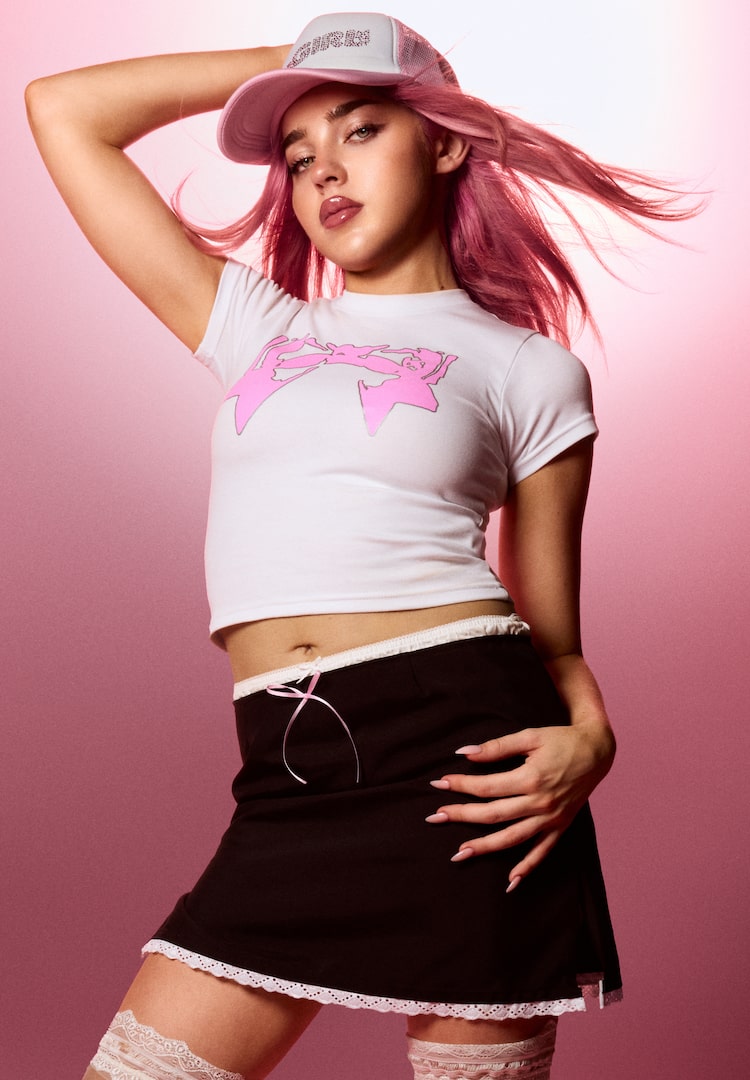The hidden COVID challenges of an Australian fashion week that almost didn’t happen
IMAGES VIA MELBOURNE FASHION WEEK
WORDS BY BIANCA O’NEILL
A closer look at the post-pandemic impact of the scaled-down Melbourne Fashion Week shows, and why the people behind it think nothing beats a physical runway.
As we look back on a historical Melbourne Fashion Week (MFW), steeped in uncertainty and subject to a raft of last-minute decisions due to the devastating impact of 2020’s coronavirus pandemic, it’s interesting to consider how an event that seemed so doomed merely months before its triumphant return could perhaps teach us more about how fashion weeks can adjust to future demands.
Chatting over email to Fiona Twist, the premier events manager at City of Melbourne, and Kate Keane, the founder and managing director of Kate & Co. PR, which oversaw public relations for MFW this year, it seems that the challenges went even deeper than simply popping a logo on a freebie face mask. (Side note: is the face mask the new goodie bag? One would hope this is only a passing fad… here’s to a successful vaccine.)
“Our concerns going into the event were mainly centred around whether we could pull off a successful event with such uncertainty about the future and regularly changing COVID restrictions,” Twist tells me.
“Being one of the first major events to be planned post-stage four lockdown, there was very little information available as to how COVID safe events in Victoria should be approached, so we had to largely start from scratch and develop our own plans to ensure the safety of our team and patrons attending live events.”
As the event date approached, and restrictions continued to loom large over a predominantly COVID-free population, the promotion of an event with ever-changing goalposts also threw a spanner into the mix at the PR headquarters. After all, how do you create buzz for an opaque online/offline fashion week, when it seems a little off-colour to talk about dresses while Dan Andrews presides over a grim daily press conference?
“Access to models, hair and make-up, production staff etc was only possible when restrictions were eased, which pushed out Fashion Week almost eight weeks, which created some difficulty trying to promote an event that doesn’t have a firm date,” Keane said.
“In the past, one of the key objectives of Melbourne Fashion Week is to drive consumers into the city – this year we were trying to do the opposite!”
However, there were obviously benefits to the new, mostly-online schedule. I’ve written a lot this year about how the pandemic has fundamentally changed how we see the fashion industry. As other countries around the world grapple with a second wave, the idea of inviting hundreds of punters in Paris or Milan (even flying some in from other countries) to hold a physical runway in order to sell astronomically expensive couture is beyond reprehensible.
While I was questioning Jacquemus’ decision to hold an (albiet outdoors, socially distant) runway as Parisian cases soared, New York Times columnist Vanessa Friedman declared that online runways weren’t “a front-row anyone wants to join.”
As Gucci’s Alessandro Michele penned a series of passionate diary entries from lockdown in his home in Italy, he was also making moves to deliver their runway online. Prada and countless others followed.
A whopping 3.5 million people alone tuned into Gucci’s Spring/Summer show via YouTube earlier this year, suggesting that writers like Friedman are breathtakingly out of touch with the consumer they are supposedly writing for. And yet, as the US’ numbers swell, Australia has come tantalisingly close to eradicating the virus locally.
Here, it’s a completely different scenario – one which, despite our run of zeros, still requires a host of hidden restrictions to ensure the safety of patrons, workers and models.
“We would usually have a bustling back of house space, housing 300 to 400 models each year, hair and make-up teams, collections teams, stylists, photographers and many more,” says Twist.
“One of the approaches we took [this year] was to reduce the number of models in each show, which then had a flow-on effect to the number of hair and make-up stylists and other team members that were required. We made the decision to incorporate no outfit changes for each model across the live events to reduce sharing of clothing and sharing of surfaces that could be contaminated.
“We set a limit on the time the hair and make-up could have with each model, which was 30 mins for each, to reduce the amount of time each stylist and model needed to spend on-site,” she explains.
Hair and makeup looks had to be adjusted to fit the new timeframe. Choreography needed tweaking to ensure social distancing. Even their usual gaggle of volunteers were scrapped in favour of COVID marshalls – who, I can confirm, spent much of the pre-event time at the Arid Garden Runway ensuring guests remained the government-mandated 1.5-metre distance from each other.
Regardless, there was a feeling of elation from attendees I spoke to – as opposed to what I imagine is a feeling of gloom, as attendees overseas may feel, still burdened by increasing infection rates. Yes – it was a joyous runway, celebratory even, as Melbourne emerged from a sleepy winter lockdown with a hopeful outlook for reopening.
“The Arid Garden Runway was such a beautiful show, we never expected it to feel so exclusive and beautiful,” says Keane. “Coming out of lockdown, it was one of the first events on the calendar so we were wary that people might be nervous but I think it was the opposite, it was pure joy to be out and celebrating Melbourne fashion in such a stunning environment.”
I must admit, after attending my first runway in almost nine months, even I was swept up in the elation of being back in the heart of the city, applauding local designers and chatting with fellow colleagues. Perhaps I’ve changed my mind – perhaps nothing CAN beat a physical runway.
“I don’t think anything can beat the atmosphere at a fashion runway and we shouldn’t forget that brands like to engage all the senses of their guests, which can really only be done in person,” says Keane. “There is absolutely a place for digital runways and sharing with the masses – a mix of both would be the perfect recipe for success.”
Twist agrees. “I do believe that the emotional connection and shared experience that being at a live event or performance can bring can be hard to replicate digitally, but there are many elements that have been tested by us and other fashion weeks around the world that will certainly inform the way we consume and watch fashion in the future.”
“Many have commented that being able to produce an individual digital show allowed them to really explore their creativity and bring the personality of the brand to life in a more dynamic way than they could have done in a live group runway show… Maticevski, or J’Aton’s digital show, when I saw the first cut of these I felt really engaged and moved by these shows in particular.
“I think the experience of runways in person and digitally are just different, and it depends on what brands are looking to achieve through these avenues. We may see more fashion weeks in the future looking at a mix of these mediums depending on what they are trying to achieve.”
It’s true that brands were willingly (or unwillingly, as the case may be) pushed into embracing the digital writing on the wall earlier this year, as we looked down the barrel of months in forced isolation. And it’s also true that digital runways have staked their future in appealing to the masses – particularly as fashion weeks increasingly move into the shoppable space – when previously, fashion week has always enjoyed the mysterious air of exclusivity.
It’s a different world – and a different consumer. I read an opinion piece in Business of Fashion earlier this year that argued that, as retail shuttered and fashion sales faded, it was not the right time to forge ahead and change the industry. In the end, I think MFW proves just the opposite – perhaps it’s a perfect time. Time to rebuild a future as we imagine it to be.
“I am so glad we pushed through,” says Twist. “The positive feedback we have received from designers and the wider industry has been overwhelming and makes all the effort worth it that we have been able to make such a positive impact on Melbourne’s fashion and retail industry recovery.”
Bianca is Fashion Journal’s senior industry columnist. You can also follow her commentary here.

